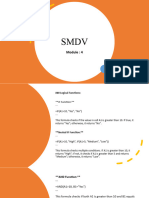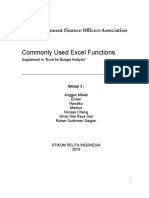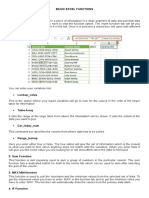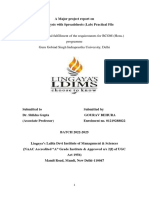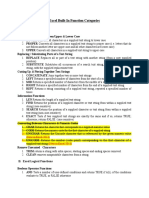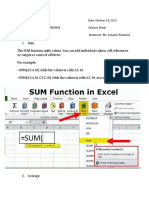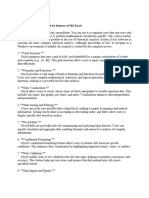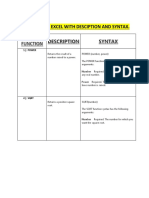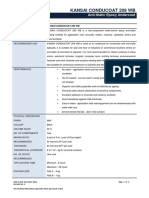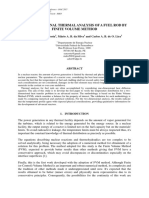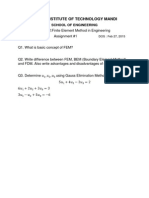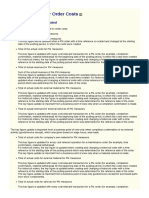0% found this document useful (0 votes)
64 views25 pagesData Analysis With Spreadsheet Lab File
The document is a practical file for a Data Analysis with Spreadsheet Lab course submitted by a student at Trinity Institute of Professional Studies. It includes various topics such as aggregate functions, count, sum, average, and different types of charts like column, line, pie, and bar charts. Each section provides definitions, syntax, and examples relevant to data analysis using spreadsheets.
Uploaded by
MaxtenCopyright
© © All Rights Reserved
We take content rights seriously. If you suspect this is your content, claim it here.
Available Formats
Download as DOCX, PDF, TXT or read online on Scribd
0% found this document useful (0 votes)
64 views25 pagesData Analysis With Spreadsheet Lab File
The document is a practical file for a Data Analysis with Spreadsheet Lab course submitted by a student at Trinity Institute of Professional Studies. It includes various topics such as aggregate functions, count, sum, average, and different types of charts like column, line, pie, and bar charts. Each section provides definitions, syntax, and examples relevant to data analysis using spreadsheets.
Uploaded by
MaxtenCopyright
© © All Rights Reserved
We take content rights seriously. If you suspect this is your content, claim it here.
Available Formats
Download as DOCX, PDF, TXT or read online on Scribd
/ 25










